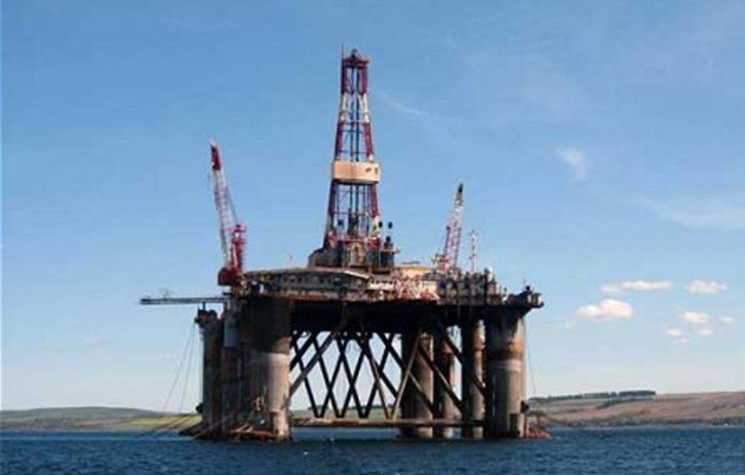Falkland Island explorers spud Zebedee, the first of six exciting wells

By Amy McLellan
And they’re off! Rockhopper Exploration has spudded the first well in the six well campaign that will keep those who have long held that the Falkland Islands could be the next North Sea gripped for the next seven or eight months. There have been sporadic bursts of drilling in these waters since the first, disappointing wells were drilled in 1998 but there’s still only one commercial oil strike: Rockhopper’s Sea Lion oilfield in the North Falkland Basin, discovered in 2010.
There are hopes, however, building on the knowledge gained – expensively – through previous bouts of drilling and extensive seismic, that this time the drillbit will prove more accommodating.
AIM-quoted Rockhopper will participate in four of the wells in the North Falkland Basin – each well here will cost around US$50 million but as a result of its farm-out to operator Premier Oil, Rockhopper’s total exposure for the four wells will be around US$25 million. This means the company is getting real “bang for buck” with this campaign.
The first prospect to drill is the Zebedee prospect in PL004b, with the well testing seven stacked fan bodies with geological chances of success ranging from 9-52 per cent. The mid-case unrisked gross prospective resource could be 281 million boe according to inhouse estimates by co-venturer Falklands Oil & Gas Limited, which has a 40 per cent stake, alongside Rockhopper with 24 per cent and Premier with 36 per cent.
The field lies near Sea Lion and is an extension of that proven Sea Lion fan play, making it a low risk, near-field well, a good opener for the campaign with results due in around 30 days. The key risk is reservoir quality.
Next up will come a well on Isobel Deep in PL004a, which is an exciting but higher risk prospect that could open up a new development area some 30 km out from Sea Lion. This will be the first test of the F3 fan system entering the basin from the south east margin as a sequence of offset stacked reservoirs and the Isobel Deep well is targeting an area of maximum mapped reservoir thickness. A potential follow-up appraisal location has already been identified.
After this, the FOGL/Noble group will take the rig round to the South Falkland Basin to drill the large Humpback prospect, which has been mapped on 3D seismic and could host 510 million barrels. Humpback lies in the Diomedea fan complex, which comprises a large system of deepwater channels and fans with six potential drilling targets identified with more than 1.7 billion barrels of gross prospective resources.
The Eirik Raude rig will then return to the North Falkland Basin to drill Jayne East, which is again close to Sea Lion and will test the proven reservoirs of Beverley and Casper South (Rockhopper has 24 per cent). This will be followed by Chatham, which is investigating the potential gas cap; Rockhopper reckons there’s a 50 per cent chance of the gas cap being oil filled, which would add around 65 million barrels to the tally at Sea Lion.
It will also test a deeper exploration target, with a CoS of 17 per cent, testing a deltaic fed channel fan system entering the basin from the north, which if successful would derisk other identified northerly-fed systems and open up a new play. Rockhopper has 40 per cent of Chatham.
The Eirik Raude will then again head south to join Noble for another well, either in the South or East Falkland Basin. The drilling location will likely be informed by the result of the Humpback well: success there could see a follow-up well in the Diomeda complex, potentially the Stingray prospect, or the Scharnhorst North in Cretaceous Fault Blocks or the Starfish prospect in the Hersilia fan complex (the seismic data in both of these cases is still being worked up) .
It adds up to an exciting Spring and Summer campaign for backers of these companies, which have been long-time believers in the potential of the Falkland Islands. With Sea Lion still aiming for first oil in 2018/9, there has never been a better time to make further finds to leverage off the incoming surge of investment and infrastructure.
Comments (0)